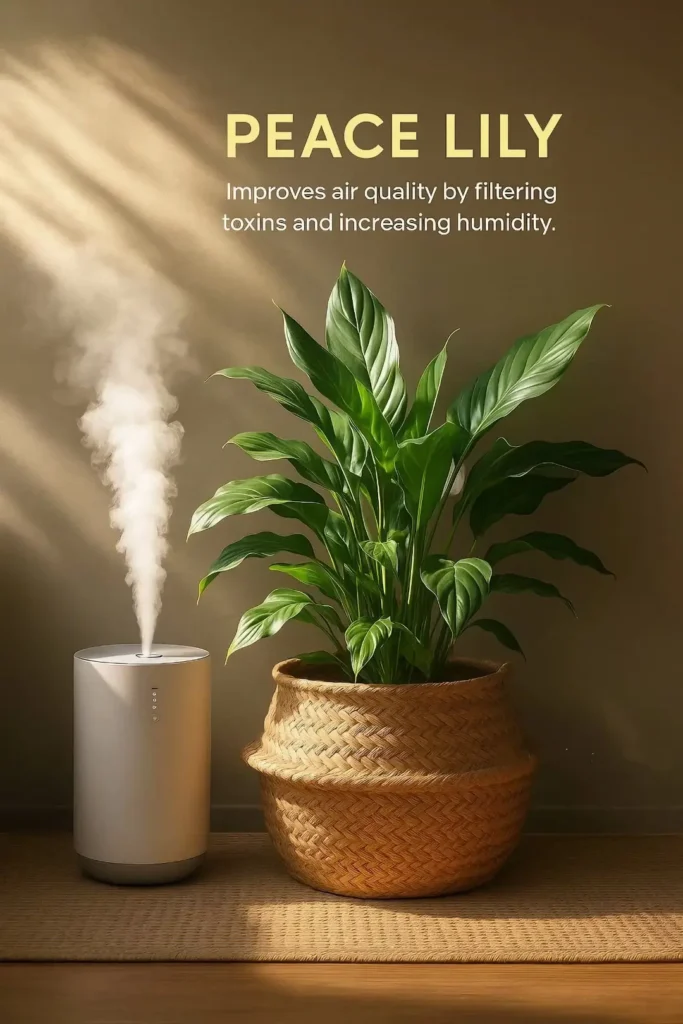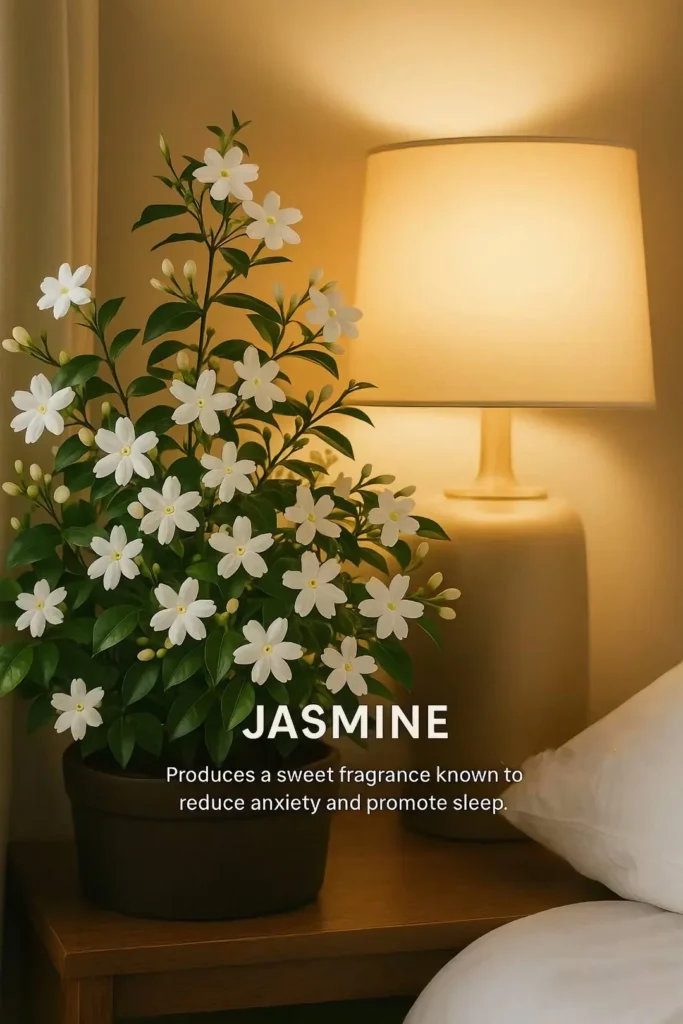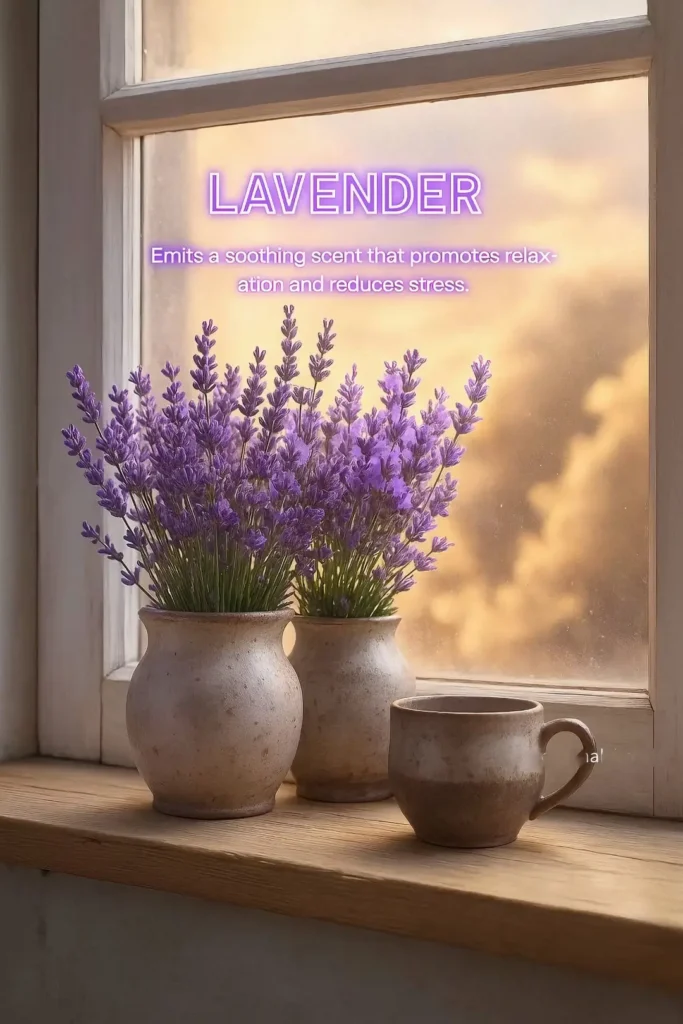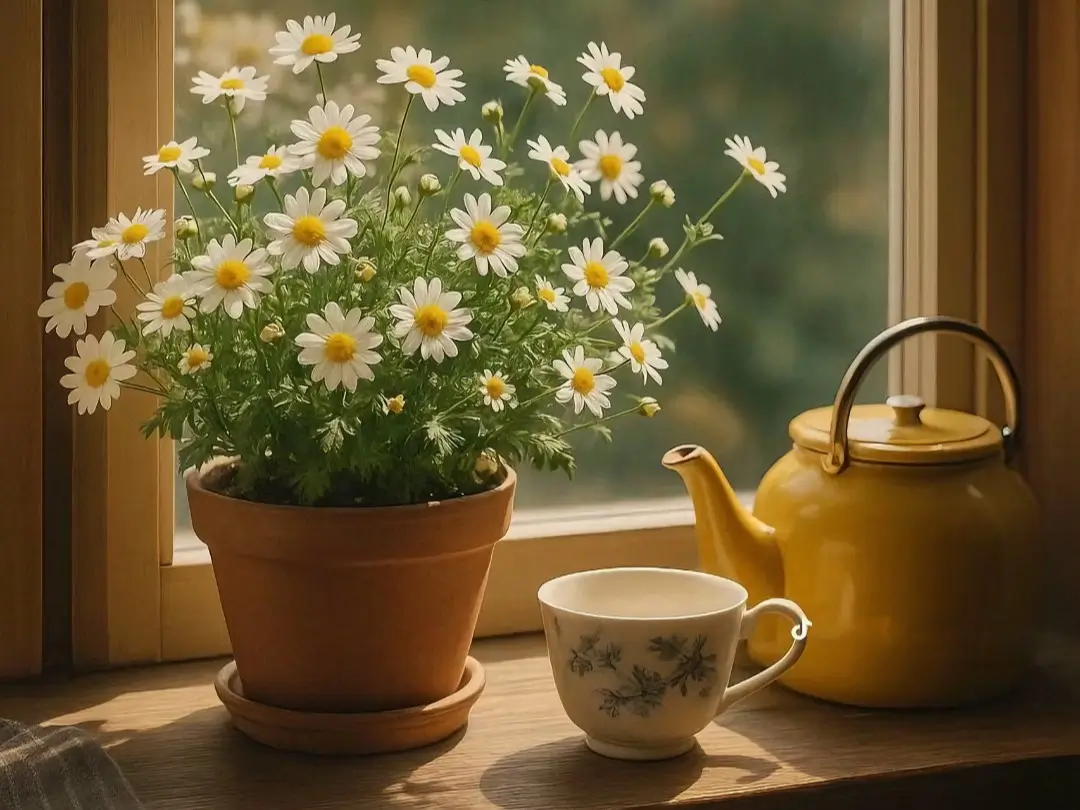Creating a bedroom that feels like a true escape is often the ultimate home goal. It’s the intensely personal space where we begin and end our days, requiring an atmosphere that blends calm with character. While furniture and textiles certainly lay the foundation, introducing living greenery offers a unique layer of vitality, texture, and serenity that few other decor elements can match, instantly elevating the room’s ambiance.
Selecting the ideal plants to keep in bedroom environments, however, involves more than simply picking a favorite at the nursery. It requires a thoughtful, design-led approach, carefully balancing your aesthetic desires with the practicalities of light availability and ongoing plant care within your specific room. The aim is to choose botanicals that not only survive but truly thrive in your personal haven.
Ultimately, it’s about integrating these natural elements seamlessly with your specific design vision—whether minimalist, bohemian, or classic—to enhance that essential sanctuary feel. Join us as we explore inspiring ways and perfectly suited species to thoughtfully incorporate plants into your bedroom’s design, transforming it into an even more stylish and restorative retreat.
1. The Unflappable Snake Plant: Structure & Serenity

Native to West Africa, this famously hardy plant is well-suited for bedrooms. It’s known for performing CAM photosynthesis, releasing oxygen during the night, potentially contributing to a fresher sleeping environment. Snake plants thrive in indirect light, from low to bright levels, and require minimal watering—allow soil to dry out completely between sessions.
2. Peace Lily: Graceful Foliage & Gentle Humidity

Originating from tropical rainforests in the Americas, the Peace Lily (Spathiphyllum) is prized for its elegant white spathes and glossy leaves. It possesses a high transpiration rate, helping naturally increase ambient humidity—beneficial for potentially dry bedroom air. Keep these plants to keep in bedroom areas in bright, indirect sunlight, watering when the topsoil feels dry.
3. Aloe Vera: A Soothing Succulent for Sunlit Sills

Hailing from the Arabian Peninsula, Aloe Vera is a popular succulent known for its distinctive fleshy leaves that store water efficiently. Like snake plants, it performs CAM photosynthesis, releasing oxygen nocturnally, making it a favorable choice for bedroom settings, particularly those with good light. Place it in bright, indirect sunlight and water sparingly.
4. English Ivy: Classic Cascades for Elevated Style

Native to Europe and Western Asia, English Ivy (Hedera helix) offers classic trailing foliage, excellent for shelves or hanging baskets. Often noted for its potential air-purifying qualities, it adds cascading greenery to bedroom plant collections, creating visual interest. Provide bright, indirect light and maintain consistently moist, but not waterlogged, soil for best results indoors.
5. Intoxicating Jasmine: Sweet Scents for Sleep

Valued for its intensely sweet fragrance, Jasmine (Jasminum spp.) originates from tropical and warm temperate regions of the Old World. Its delicate white flowers release a scent often associated with relaxation, making it a popular choice among fragrant plants to keep in bedroom areas. Jasmine requires bright light, ideally including some direct sun, and consistent moisture to encourage blooming.
6. Dreamy Lavender: A Touch of Provence

Originating from the Mediterranean, Lavender (Lavandula) is famous for its soothing fragrance, widely used to promote relaxation. While potentially challenging among indoor plants for bedroom settings, its fragrant purple spikes are highly rewarding. Lavender demands maximum sunlight—ideally a bright, sunny window—and very well-draining soil, allowing it to dry thoroughly between waterings.
7. Cheerful Chamomile: Sunshine & Tea-Time Calm

Native to Europe and Western Asia, Chamomile offers cheerful, daisy-like flowers and a gentle, apple-like scent. Widely known for its calming properties often utilized in teas, growing these plants in bedroom pots brings that soothing potential indoors. Chamomile requires plenty of bright light, ideally full sun from a window, and consistently moist, well-draining soil.
FAQs
Adding greenery to your personal sanctuary often sparks a few questions. Here are concise answers to some common queries:
What are the best low-maintenance plants for a bedroom with little natural light?
Excellent low-light choices include the highly tolerant Snake Plant (Sansevieria), resilient ZZ Plant (Zamioculcas zamiifolia), and hardy Cast Iron Plant (Aspidistra elatior). These thrive on minimal care and less light, though they still appreciate brighter indirect conditions if available. They’re perfect for adding greenery without needing a sunny window.
Are plants in the bedroom safe for pets or children?
Plant safety is vital with pets or children. Many common plants to keep in bedroom areas, like Peace Lilies, Snake Plants, and English Ivy, are toxic if ingested. Always verify a plant’s safety (e.g., via ASPCA’s toxic plant list) before buying. Place potentially toxic plants out of reach or choose safe options like Spider Plants or Prayer Plants.
Can bedroom plants significantly improve air quality while I sleep?
While studies show some plants filter air, the effect in a typical bedroom is minimal compared to ventilation or purifiers. Don’t rely on plants alone for significant air purification. Enjoy them primarily for their beauty, ability to enhance well-being, add a touch of humidity, and create a calming atmosphere, rather than as primary air cleaners.

